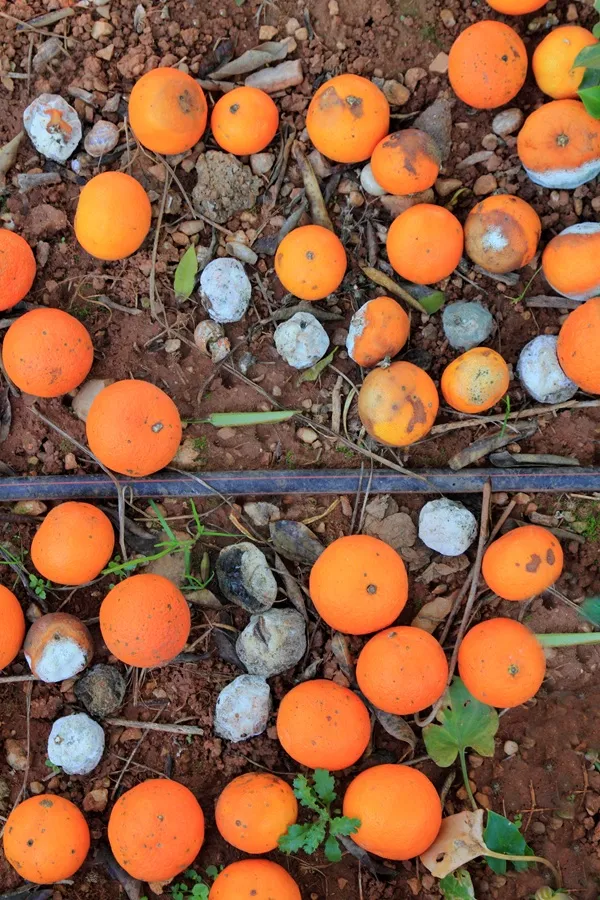Table of Contents
Grains and cereals are the foundation of diets worldwide, providing essential nutrients, energy, and a versatile base for countless dishes. As a staple food group, they are celebrated for their ability to nourish populations, adapt to diverse cuisines, and offer significant health benefits.
Grains include whole varieties like wheat, rice, barley, oats, millet, and quinoa, as well as refined options like white rice and all-purpose flour. Whole grains are particularly valued for their high fiber content, which aids digestion and supports heart health. They are also rich in vitamins, minerals, and antioxidants that promote overall well-being. Refined grains, while less nutrient-dense, are often fortified to replace some of the lost nutrients.
Cereals, derived from grains, play an integral role in meals around the world, from breakfast favorites like oatmeal and cornflakes to side dishes like pilafs and risottos. Many cereals are gluten-free, making them accessible to those with dietary restrictions, such as rice, quinoa, and millet.
Here’s a comprehensive table of grains and cereals, including their varieties, uses, origins, nutrition, and health benefits:
| Name | Description | Uses | Origin | Nutrition (per 100g raw) | Health Benefits |
|---|---|---|---|---|---|
| Wheat (Whole) | Whole grain with bran, germ, and endosperm; nutty flavor. | Bread, flour, porridge. | Fertile Crescent | Protein: 13g, Fiber: 12g, B Vitamins, Iron. | Supports digestion, sustained energy, heart health. |
| Wheat (Durum) | Hard wheat with high gluten content; golden color. | Pasta, couscous. | Mediterranean | Protein: 13g, Selenium: 63µg, Carbs: 71g. | Muscle repair, antioxidant support. |
| Rice (White) | Polished grain with bran and germ removed. | Steamed, stir-fries, sushi. | Asia | Carbs: 80g, Iron: 0.8mg, B Vitamins. | Quick energy, easy digestion. |
| Rice (Brown) | Whole grain with bran; chewy texture. | Pilafs, grain bowls. | Asia | Fiber: 3.5g, Magnesium: 143mg, B6: 0.5mg. | Blood sugar control, heart health. |
| Oats (Rolled) | Steamed and flattened groats; creamy when cooked. | Porridge, granola, baked goods. | Near East | Beta-Glucan: 4g, Iron: 4.7mg, Protein: 17g. | Lowers cholesterol, supports gut health. |
| Barley (Pearled) | Polished barley with outer hull removed; mild flavor. | Soups, stews, salads. | Middle East | Fiber: 6g, Selenium: 37µg, Carbs: 73g. | Digestive health, anti-inflammatory. |
| Corn/Maize | Yellow or white kernels; versatile staple. | Tortillas, polenta, popcorn. | Mexico | Carbs: 74g, Vitamin C: 6.8mg, Folate: 42µg. | Energy source, antioxidant-rich. |
| Quinoa | Gluten-free pseudocereal; fluffy texture. | Salads, bowls, baking. | Andes (South America) | Complete Protein: 14g, Iron: 4.6mg, Fiber: 7g. | Muscle repair, vegan protein source. |
| Millet | Small, round gluten-free grain; mild nutty flavor. | Porridge, flatbreads, pilafs. | Africa/Asia | Magnesium: 114mg, B Vitamins, Fiber: 9g. | Supports heart health, gluten-free option. |
| Rye | Hardy grain with earthy flavor; contains gluten. | Bread, whiskey, crackers. | Northern Europe | Fiber: 15g, Lignans: 13mg, Iron: 2.6mg. | Blood sugar control, phytonutrient-rich. |
| Buckwheat | Gluten-free triangular seeds; nutty taste. | Soba noodles, pancakes, porridge. | Central Asia | Rutin: 12mg, Magnesium: 231mg, Protein: 13g. | Improves circulation, antioxidant. |
| Sorghum | Drought-resistant grain; gluten-free. | Flour, syrup, popped snacks. | Africa | Antioxidants: 10mg, Protein: 11g, Iron: 4.4mg. | Anti-inflammatory, supports digestion. |
| Amaranth | Tiny pseudocereal; high in lysine. | Porridge, popped snacks, soups. | Mesoamerica | Protein: 14g, Calcium: 159mg, Iron: 7.6mg. | Bone health, gluten-free protein. |
| Spelt | Ancient wheat with nutty flavor; easier to digest. | Bread, pasta, cereals. | Europe | Fiber: 10g, Zinc: 3.3mg, Protein: 15g. | Gut-friendly, nutrient-dense. |
| Teff | Smallest grain; earthy flavor; gluten-free. | Injera (flatbread), porridge. | Ethiopia | Iron: 7.6mg, Calcium: 180mg, Protein: 13g. | Anemia prevention, bone health. |
| Farro | Ancient wheat with chewy texture; nutty taste. | Salads, soups, risotto. | Mediterranean | Protein: 15g, Fiber: 7g, Magnesium: 136mg. | Sustained energy, gut health. |
| Bulgur | Parboiled cracked wheat; quick-cooking. | Tabbouleh, pilafs, stuffing. | Middle East | Fiber: 12g, Manganese: 1.3mg, Protein: 12g. | Supports metabolism, heart health. |
| Wild Rice | Aquatic grass seed; chewy texture; nutty flavor. | Blends, stuffing, salads. | North America | Protein: 15g, B Vitamins, Antioxidants. | Antioxidant-rich, heart health. |
| Freekeh | Green wheat roasted for smoky flavor; high fiber. | Salads, soups, side dishes. | Middle East | Fiber: 16g, Protein: 14g, Iron: 2.7mg. | Prebiotic, gut health. |
| Fonio | Tiny, fast-growing grain; gluten-free. | Couscous, porridge, baked goods. | West Africa | Iron: 4.6mg, Amino Acids: 8g, Zinc: 1.6mg. | Easy digestion, sustainable crop. |
| Black Rice | Heirloom rice with purple-black bran; high anthocyanins. | Desserts, rice dishes. | China | Anthocyanins: 200mg, Iron: 3.5mg, Fiber: 5g. | Anti-aging, antioxidant-rich. |
| Red Rice | Unpolished with red bran; nutty flavor. | Pilafs, salads, soups. | Himalayas | Fiber: 4g, Magnesium: 143mg, Antioxidants. | Heart health, blood sugar balance. |
Key Notes:
- Gluten-Free Options: Quinoa, buckwheat, amaranth, sorghum, teff, and fonio.
- Protein Powerhouses: Quinoa, amaranth, and wild rice provide complete proteins.
- Fiber Champions: Barley, bulgur, and freekeh support digestion and satiety.
- Ancient Grains: Spelt, farro, and teff retain more nutrients than modern hybrids.
- Sustainability: Fonio and sorghum thrive in arid climates, requiring fewer resources.
In addition to their nutritional value, grains and cereals contribute to global food security due to their long shelf life and ability to be grown in diverse climates. Whether enjoyed in bread, pasta, porridge, or other forms, they remain a cornerstone of balanced, sustainable eating.





